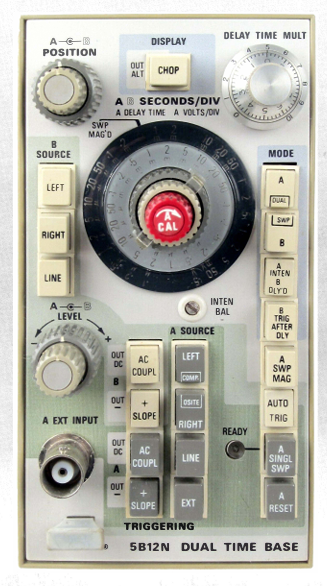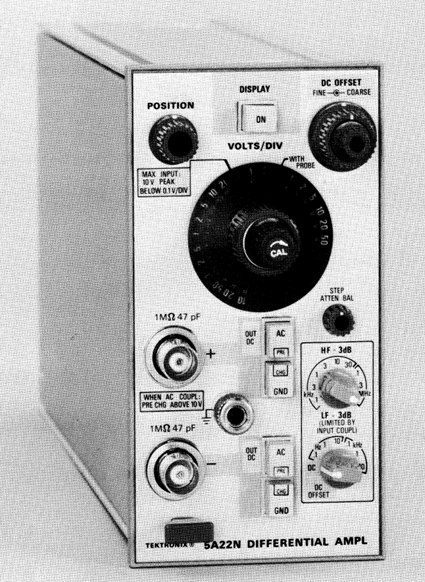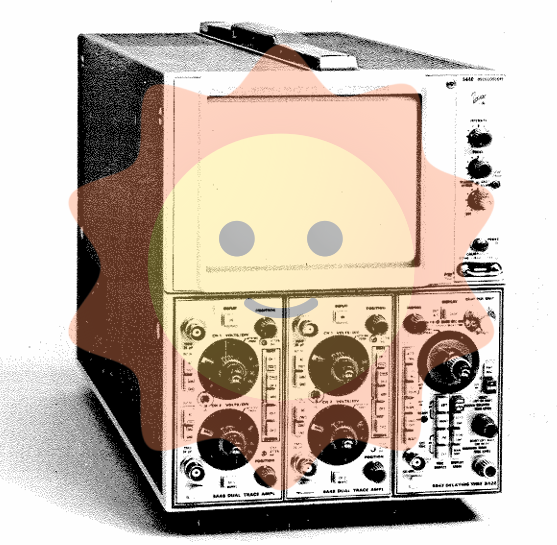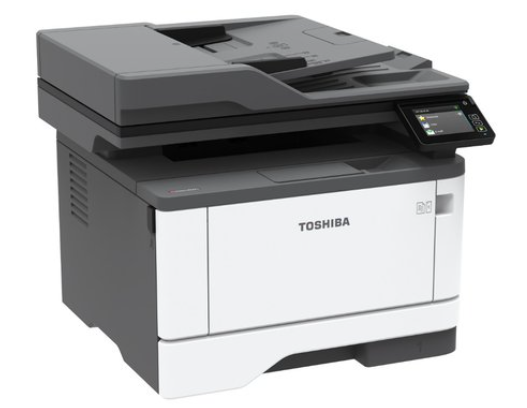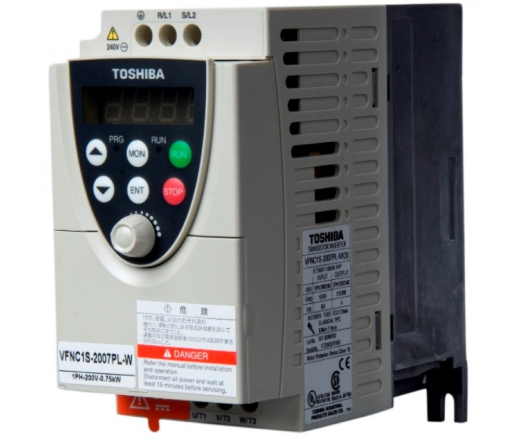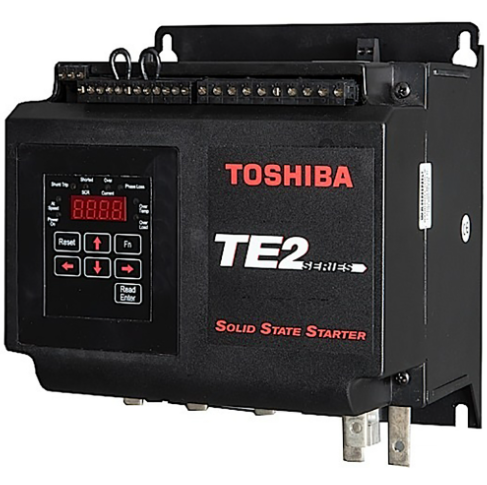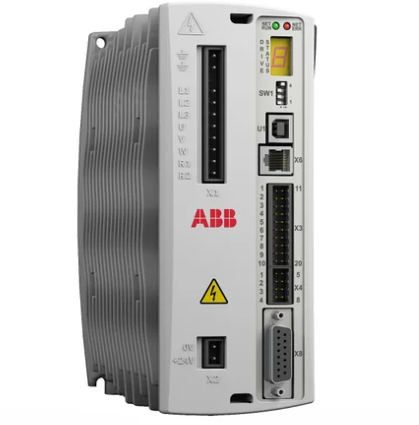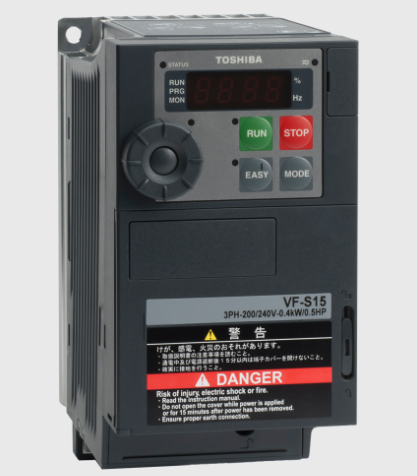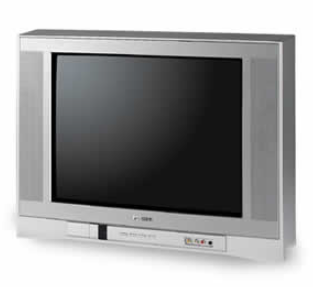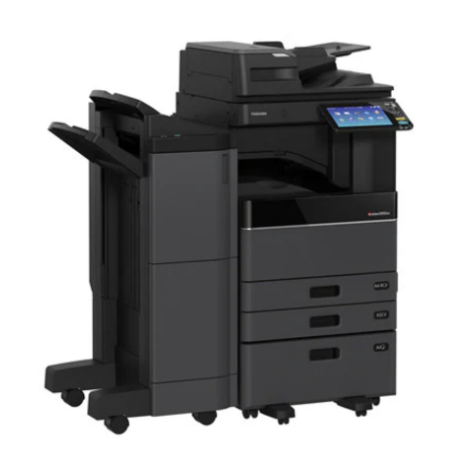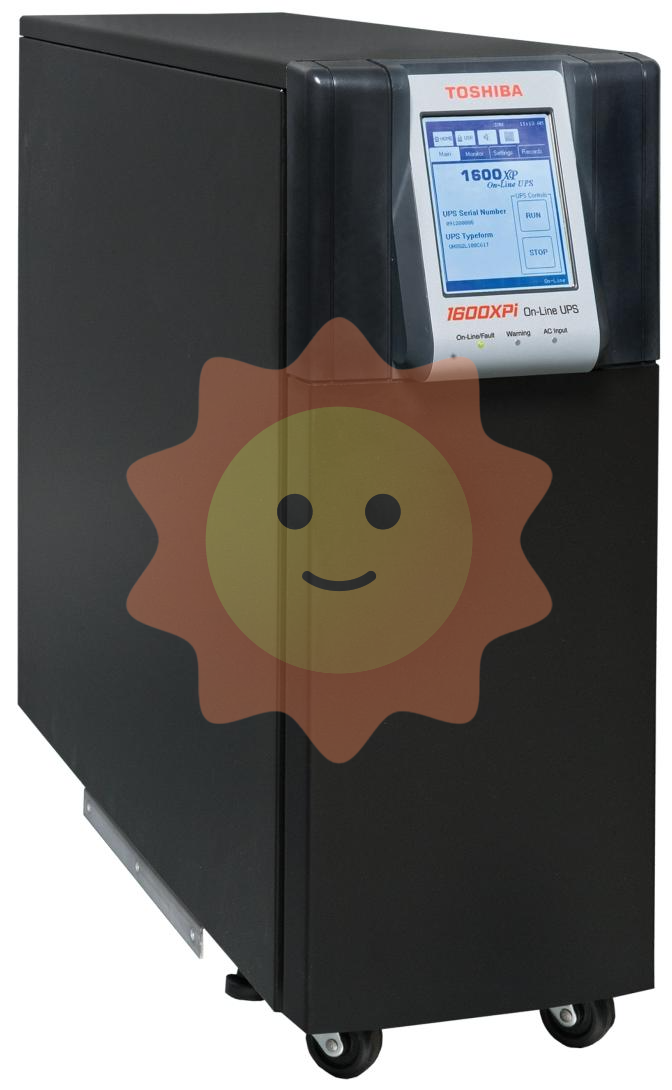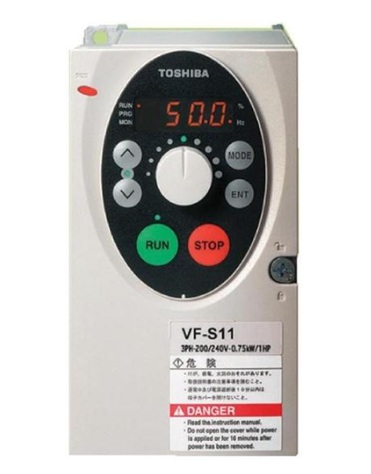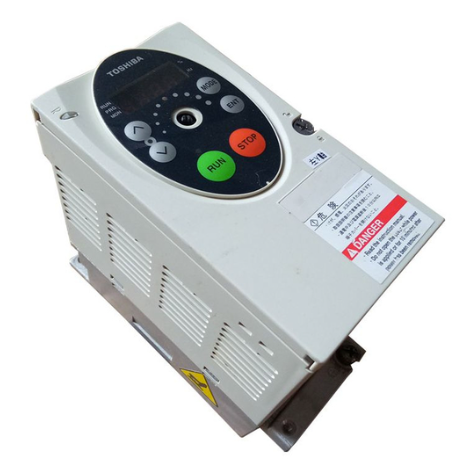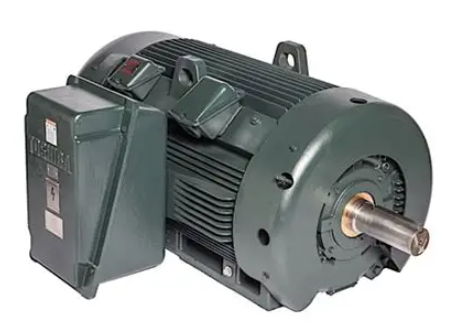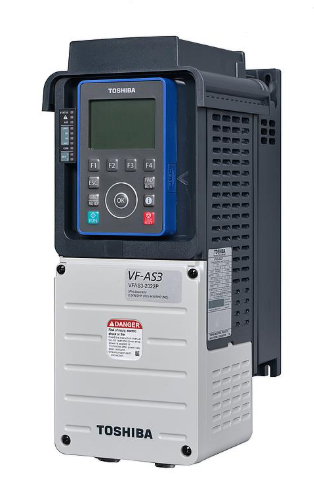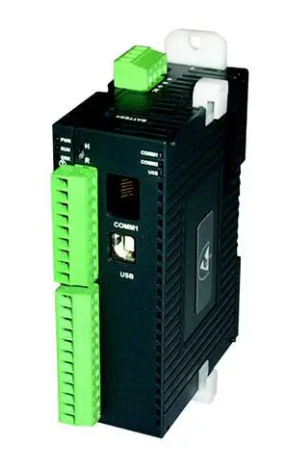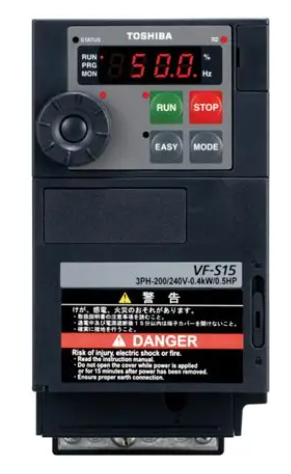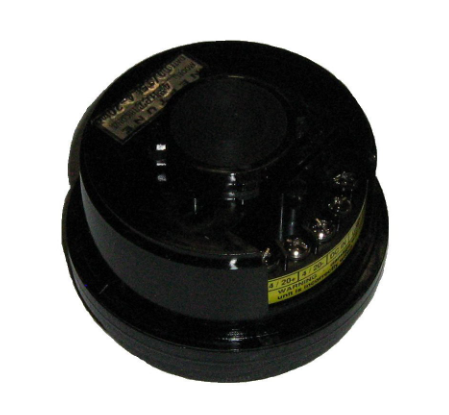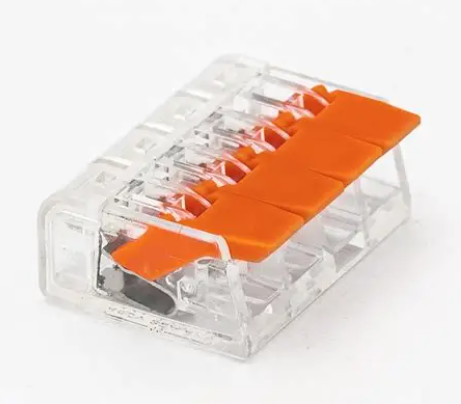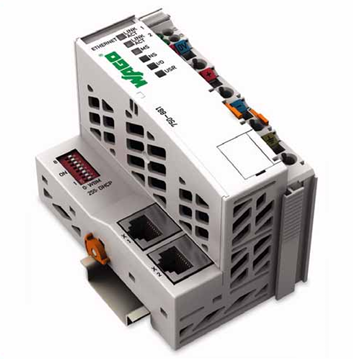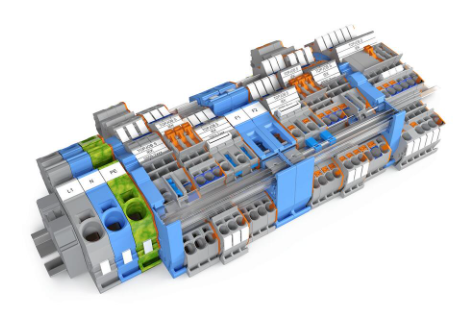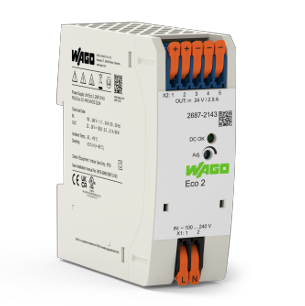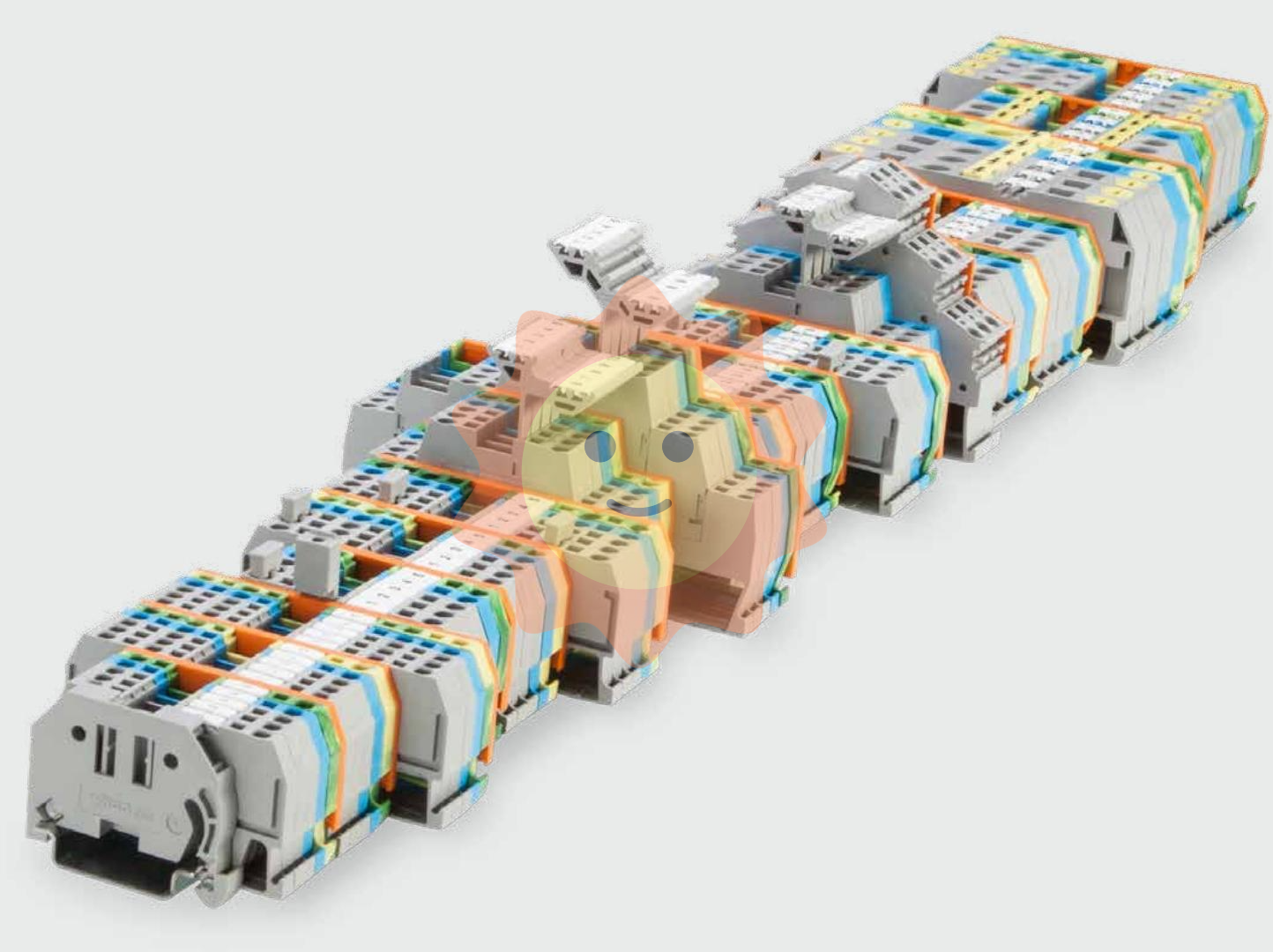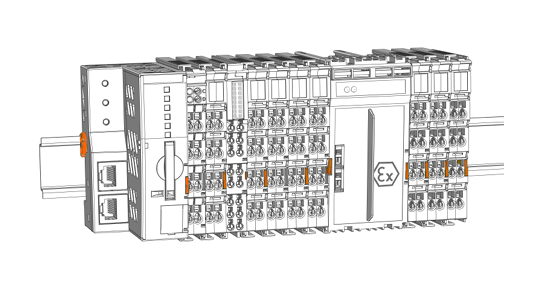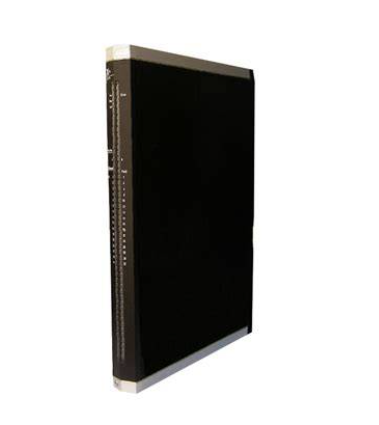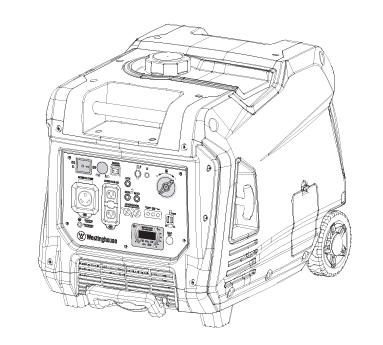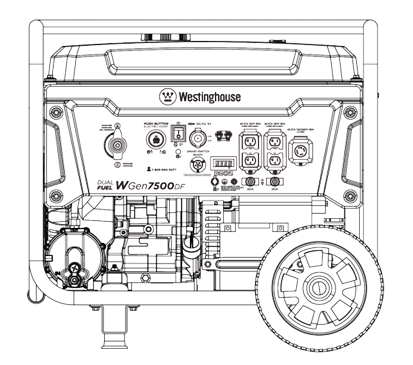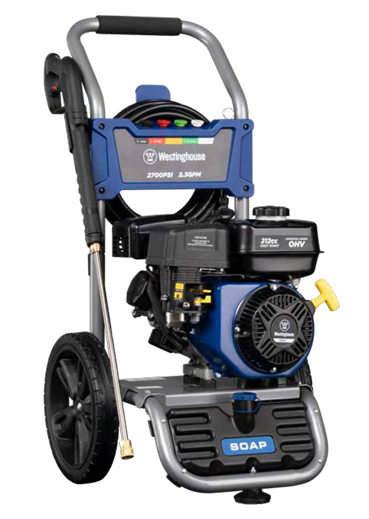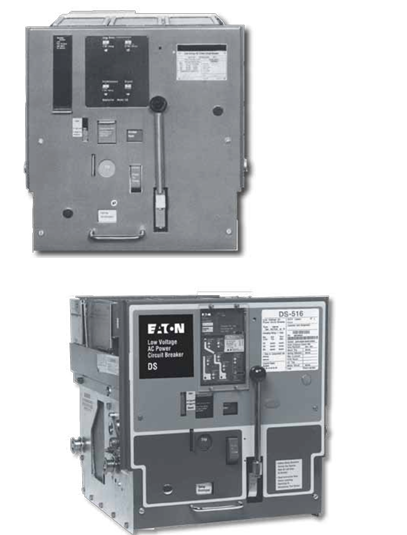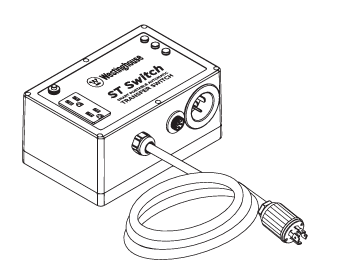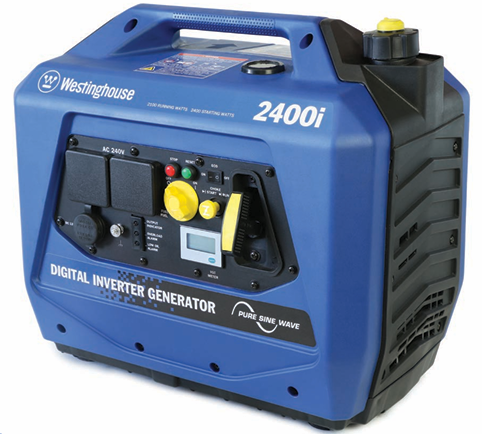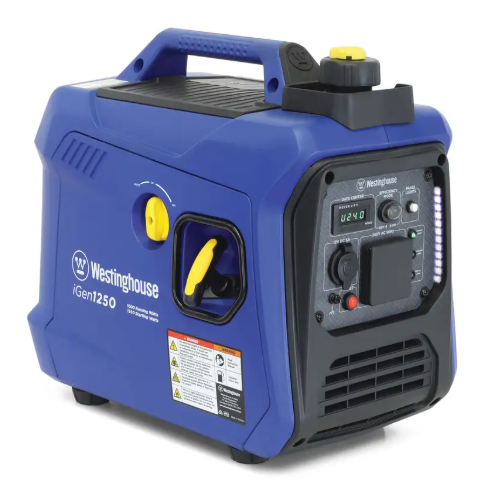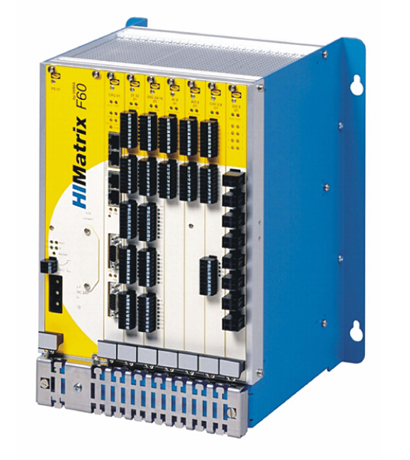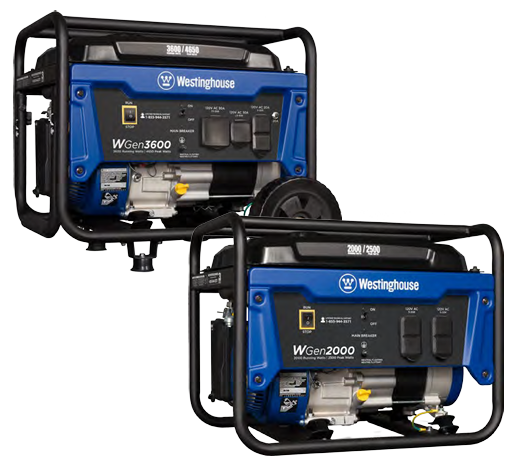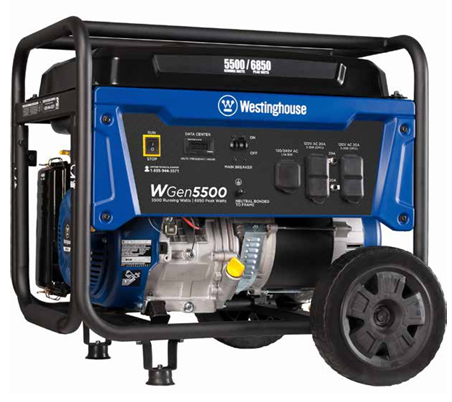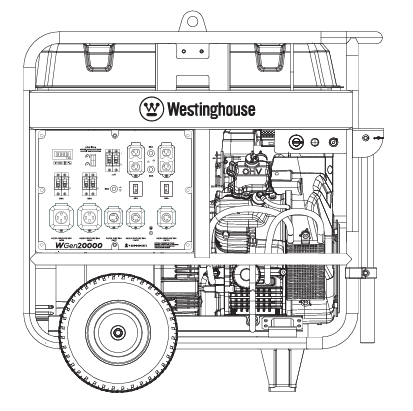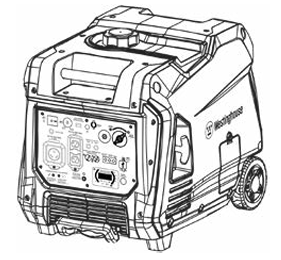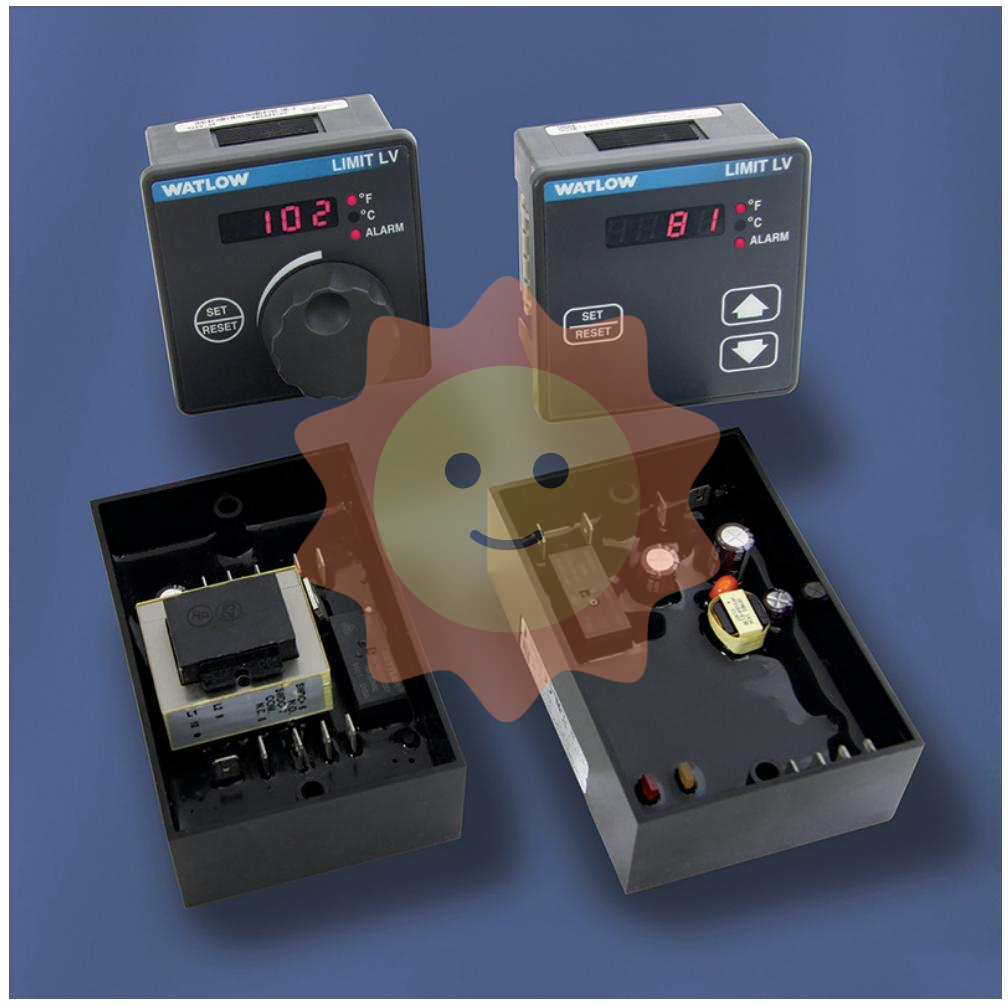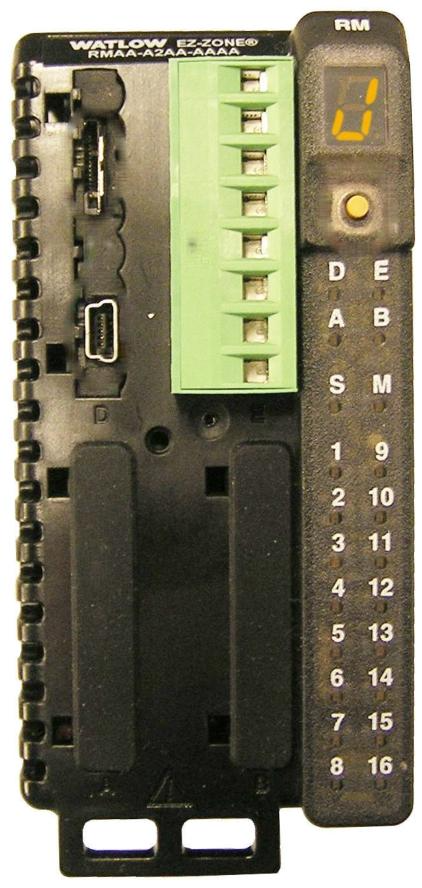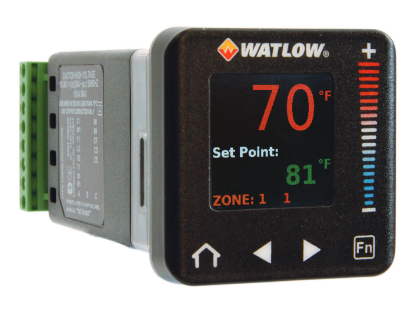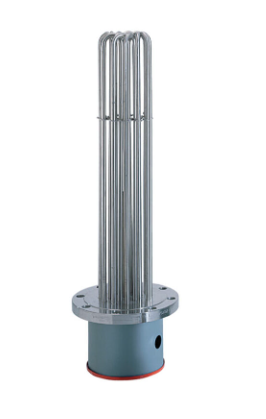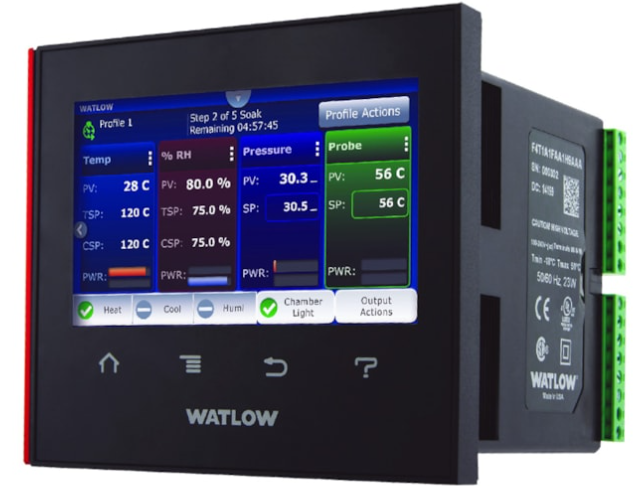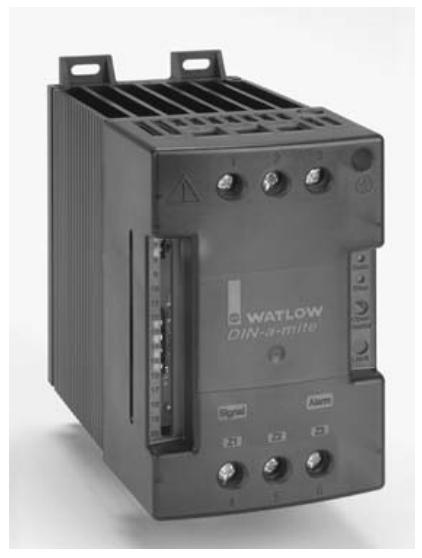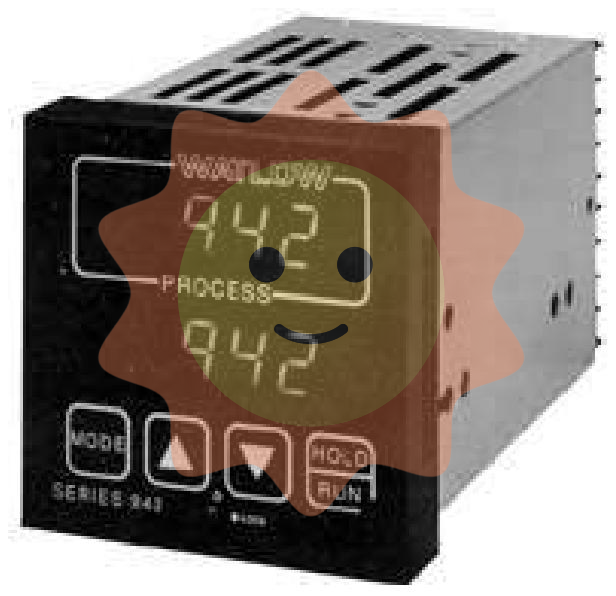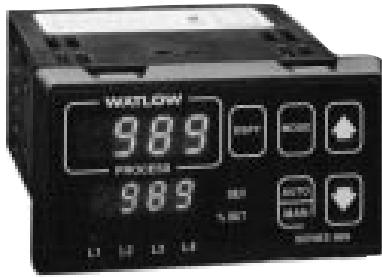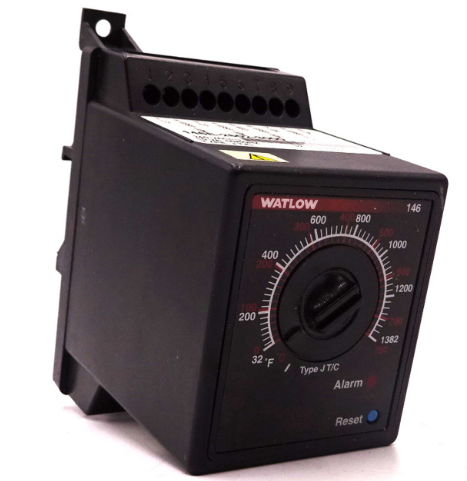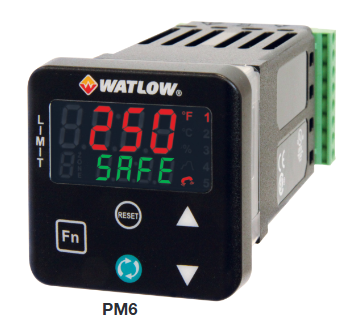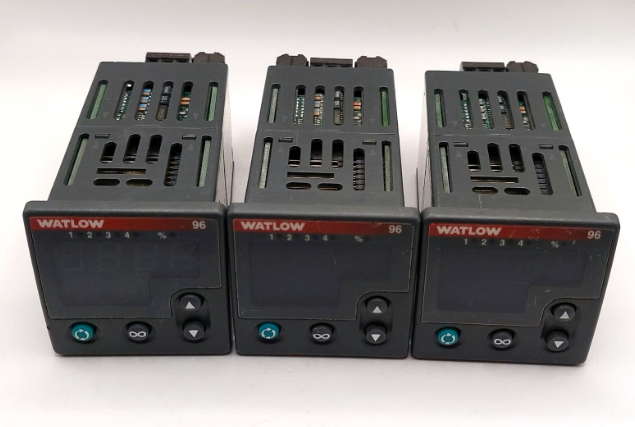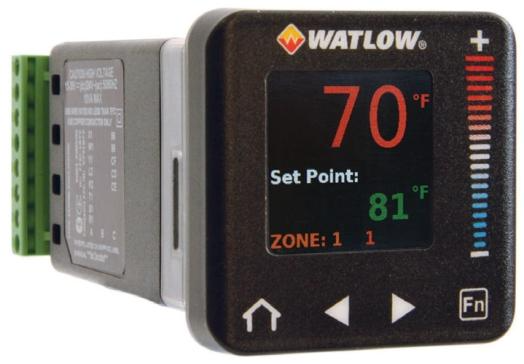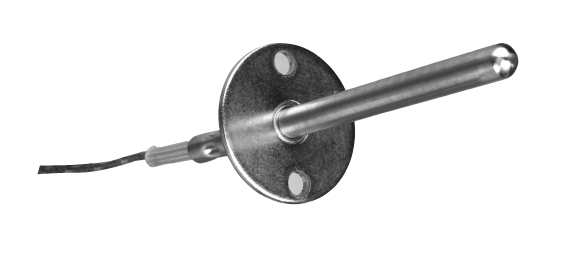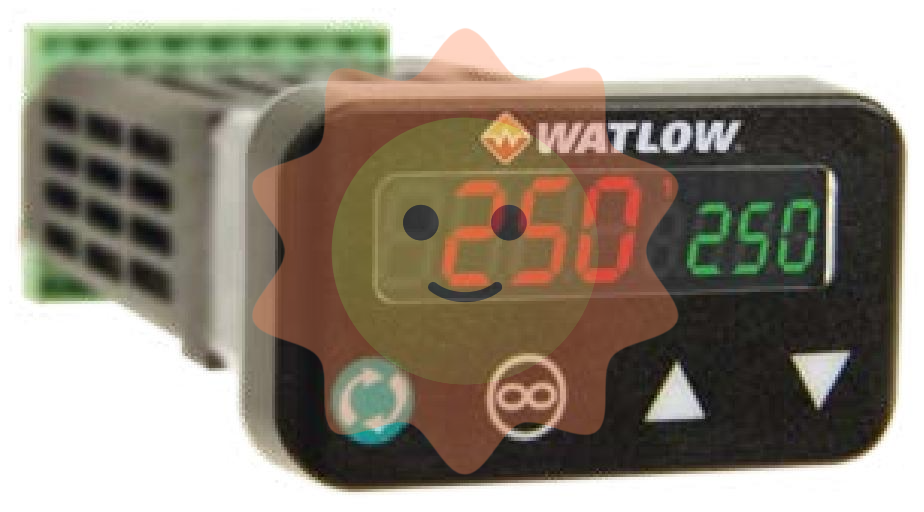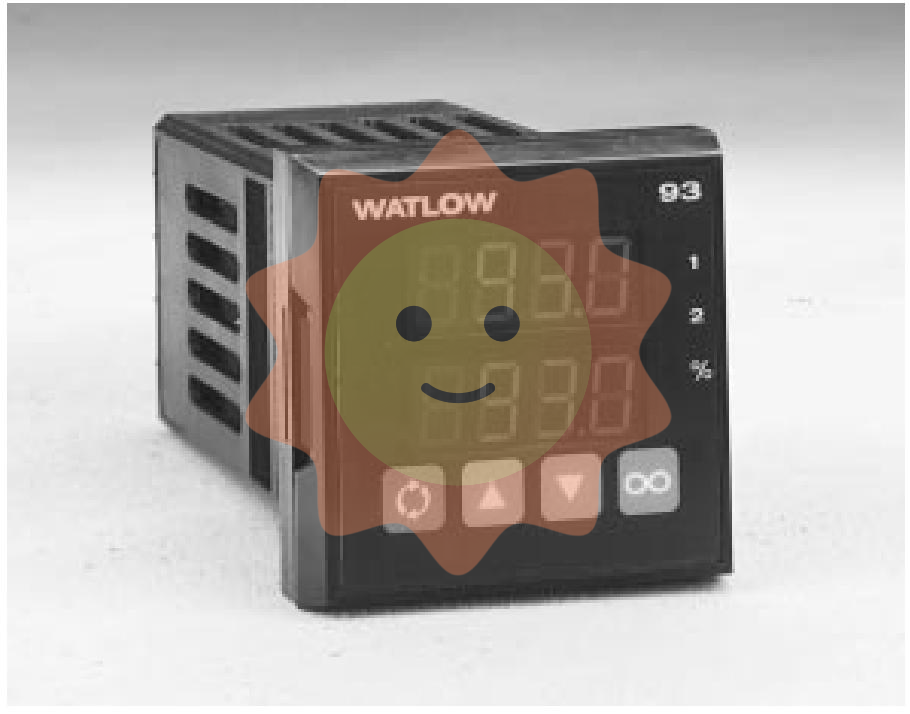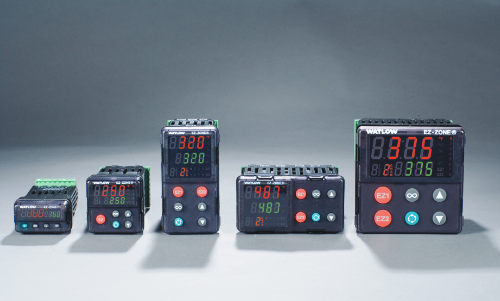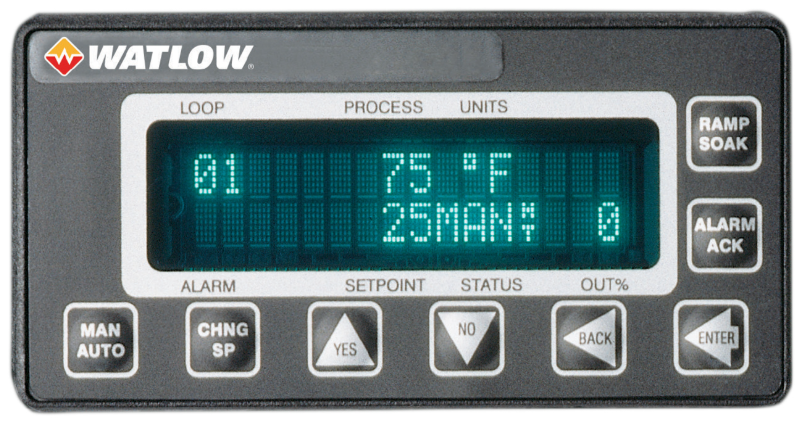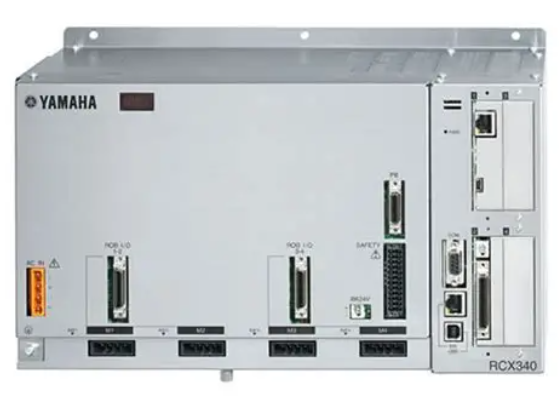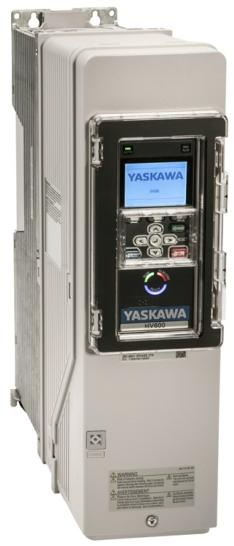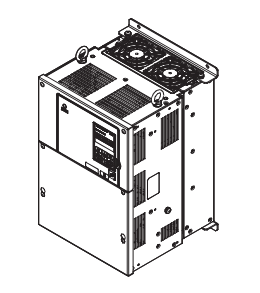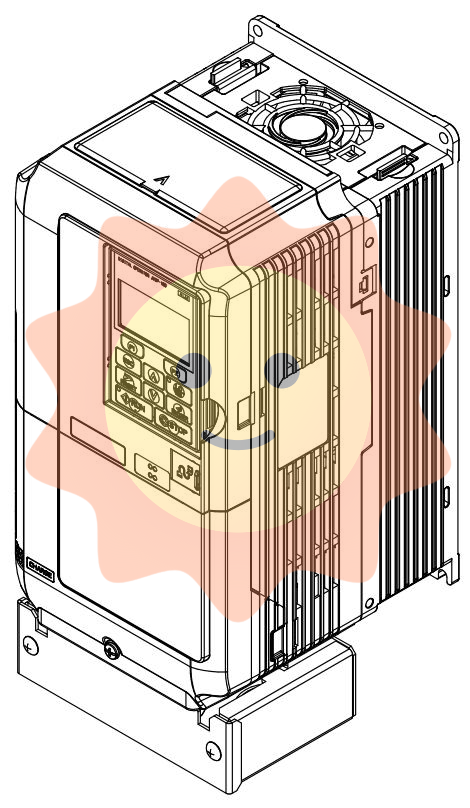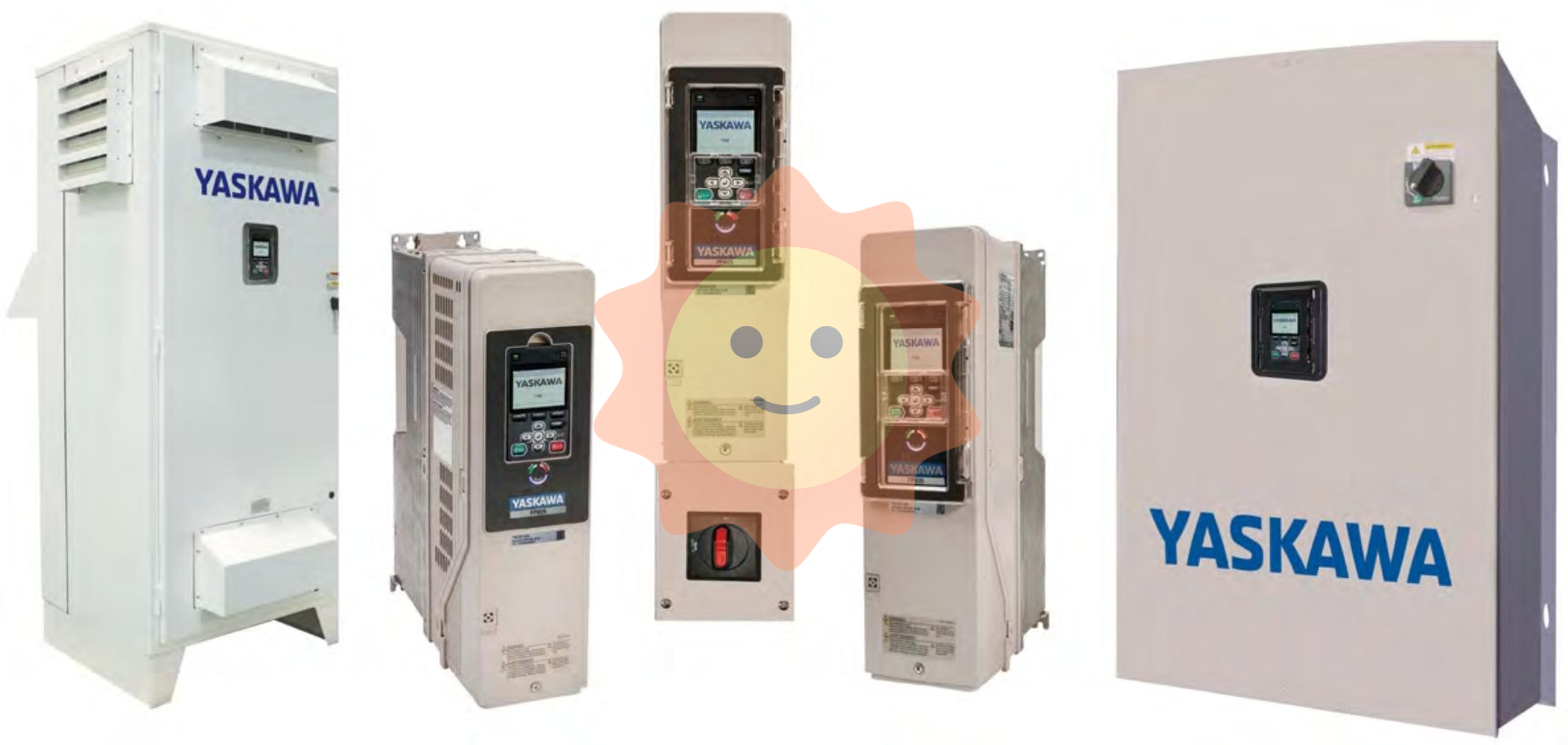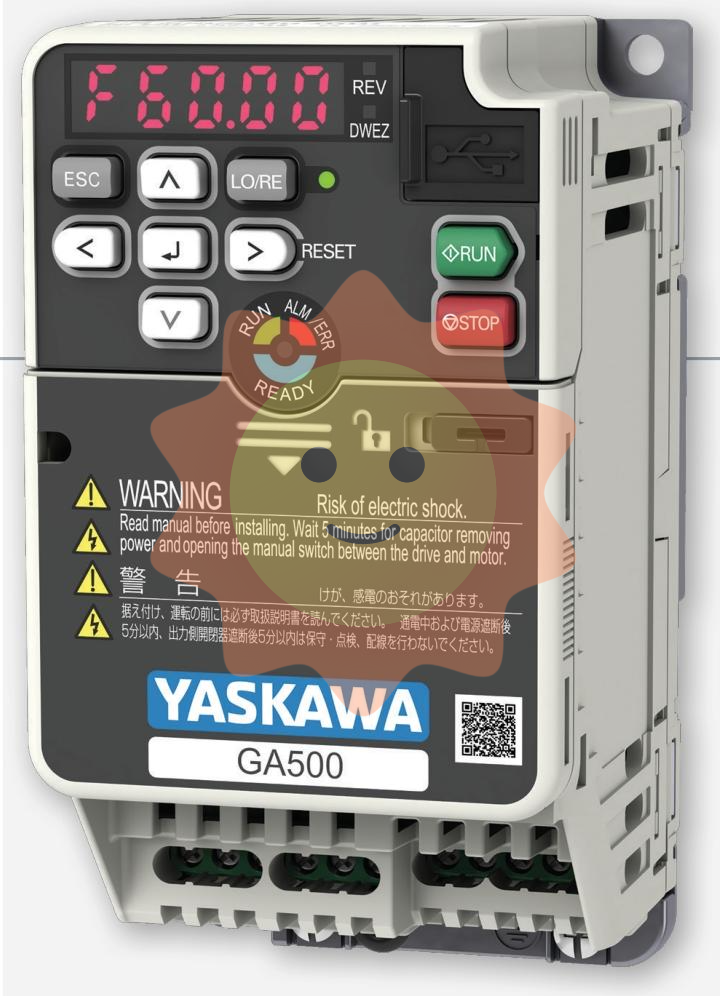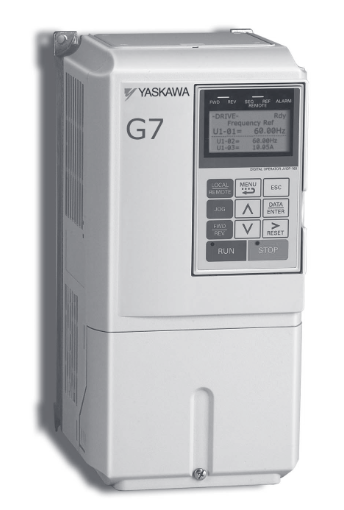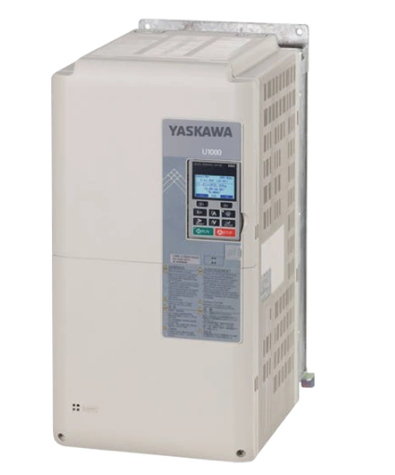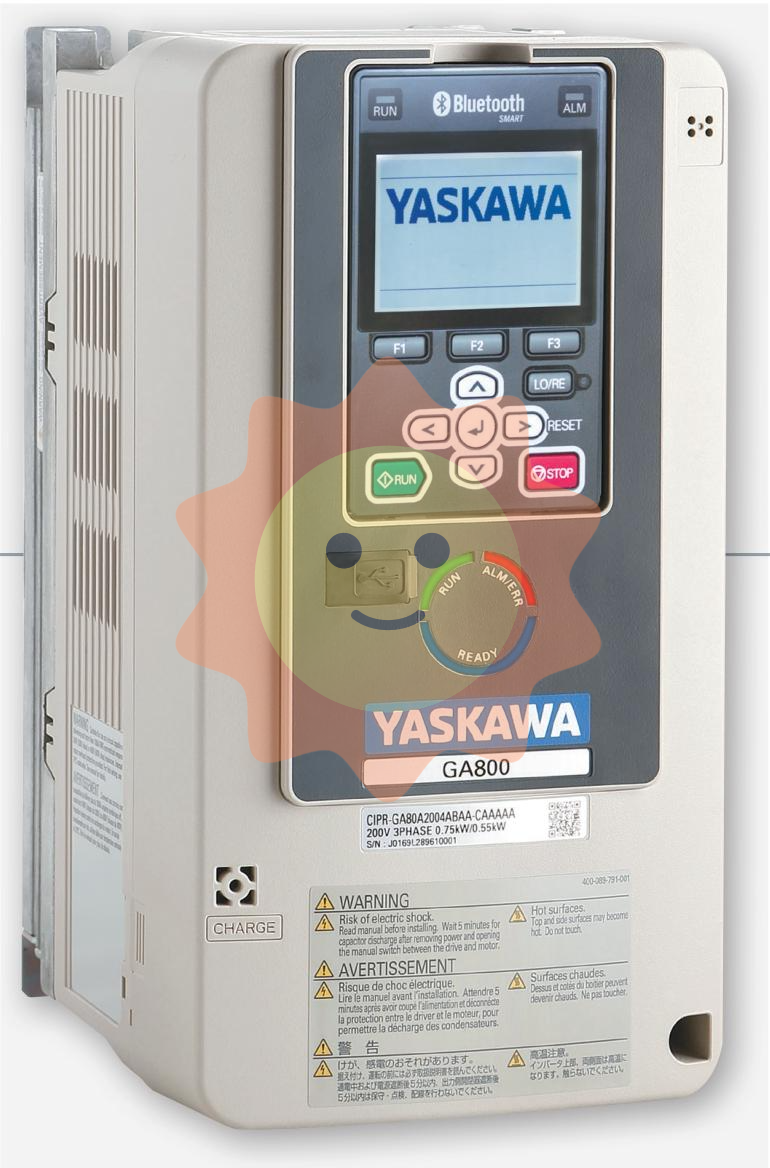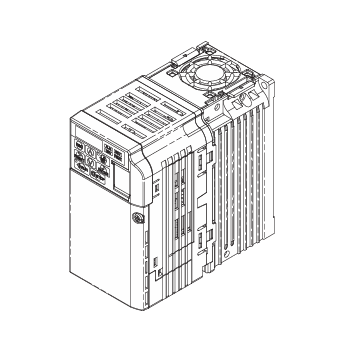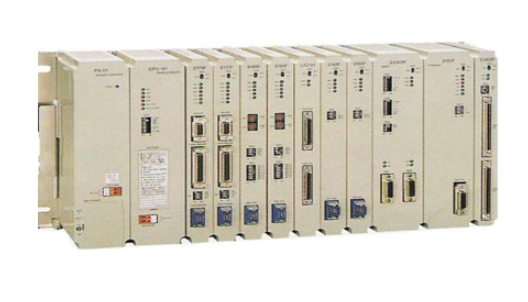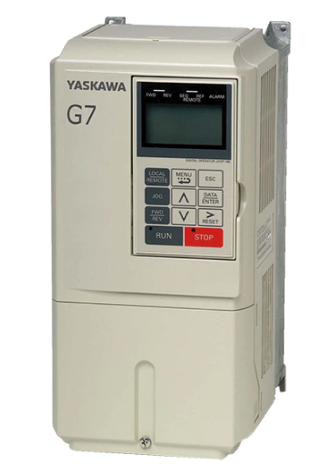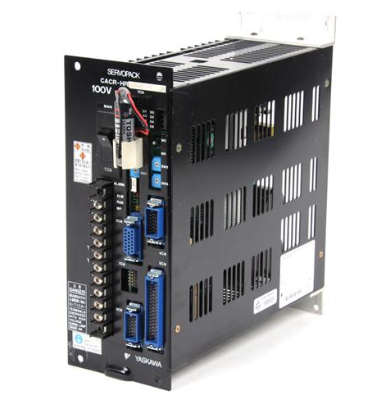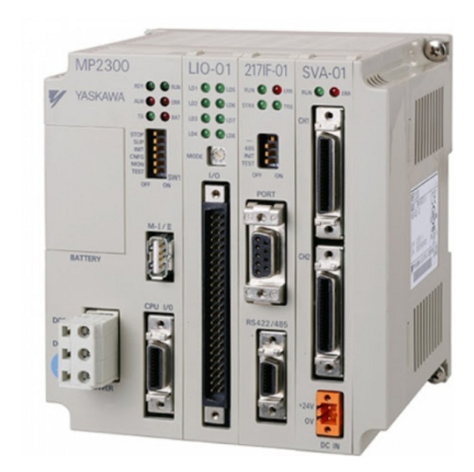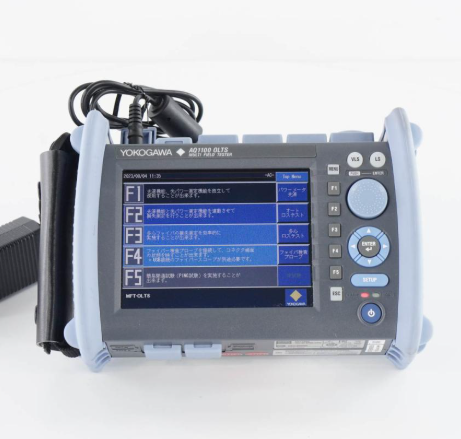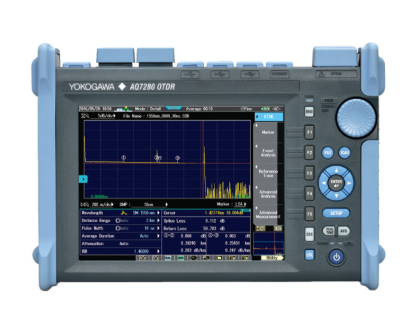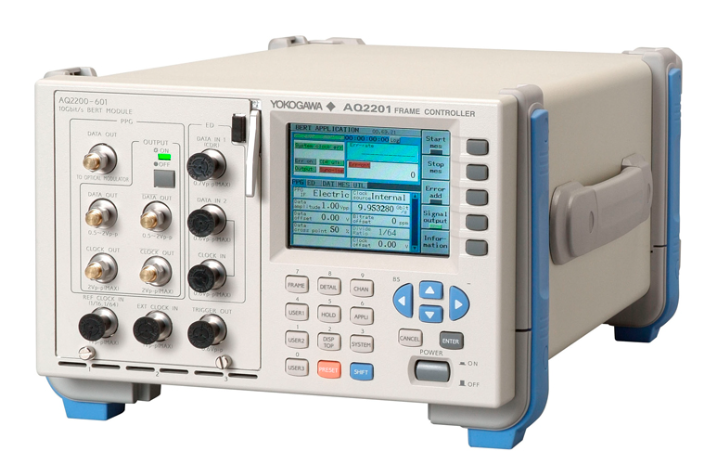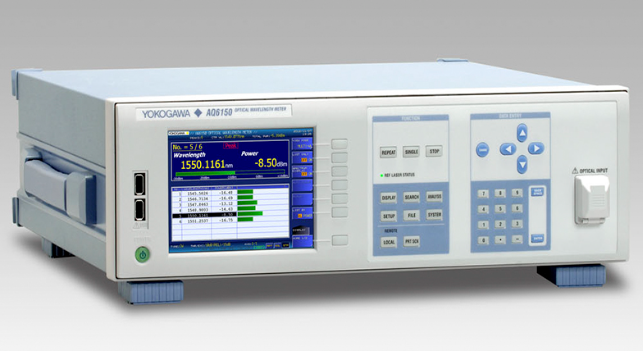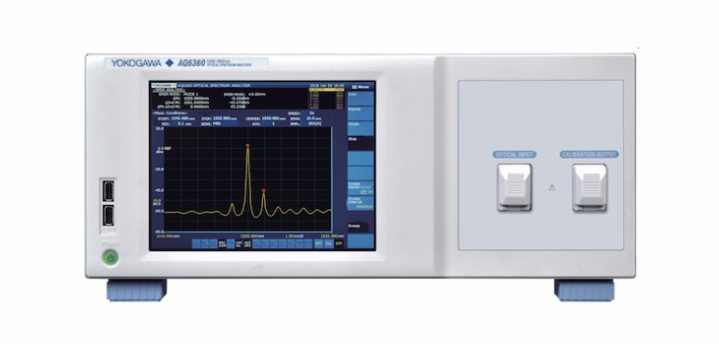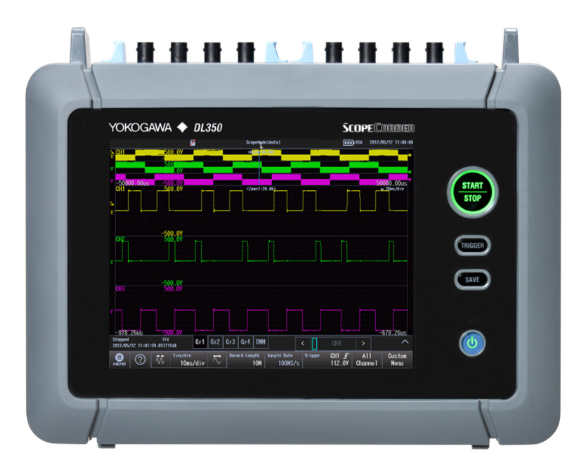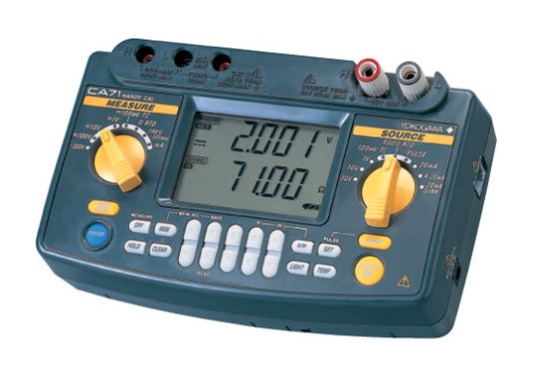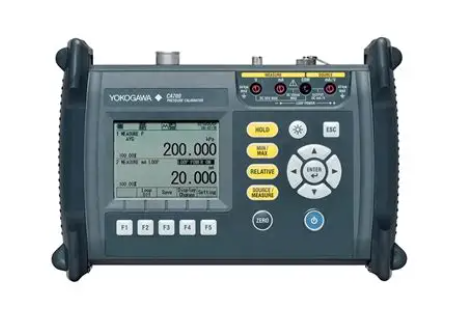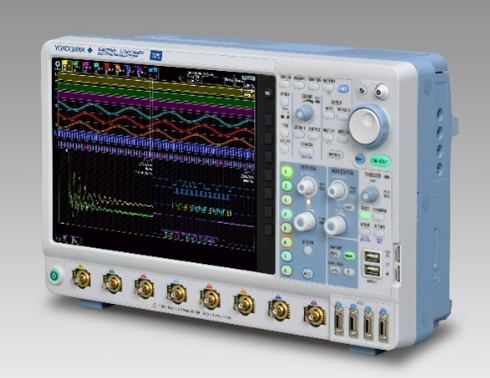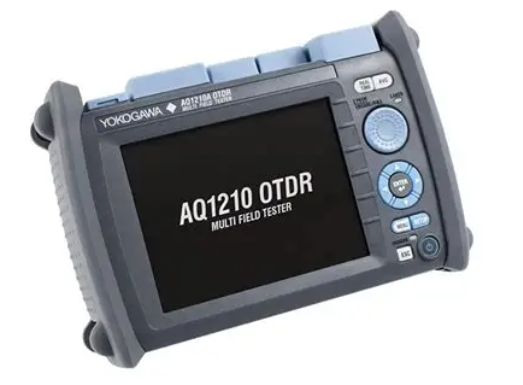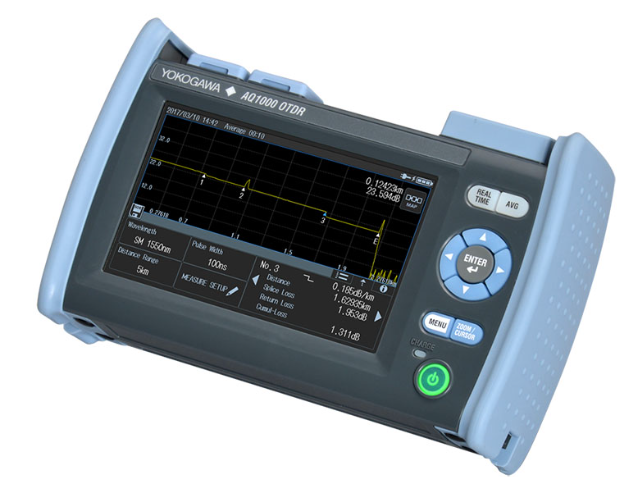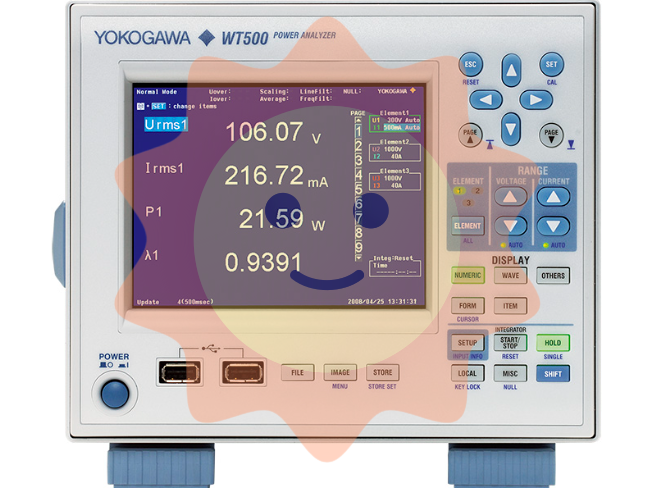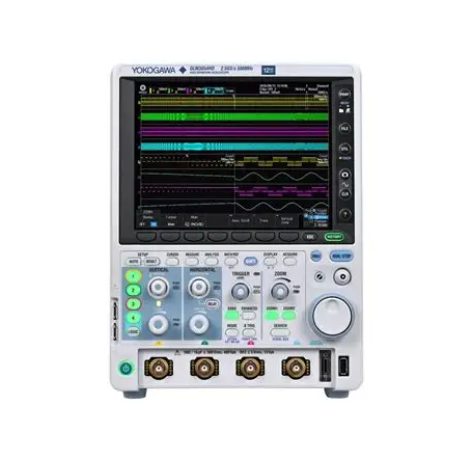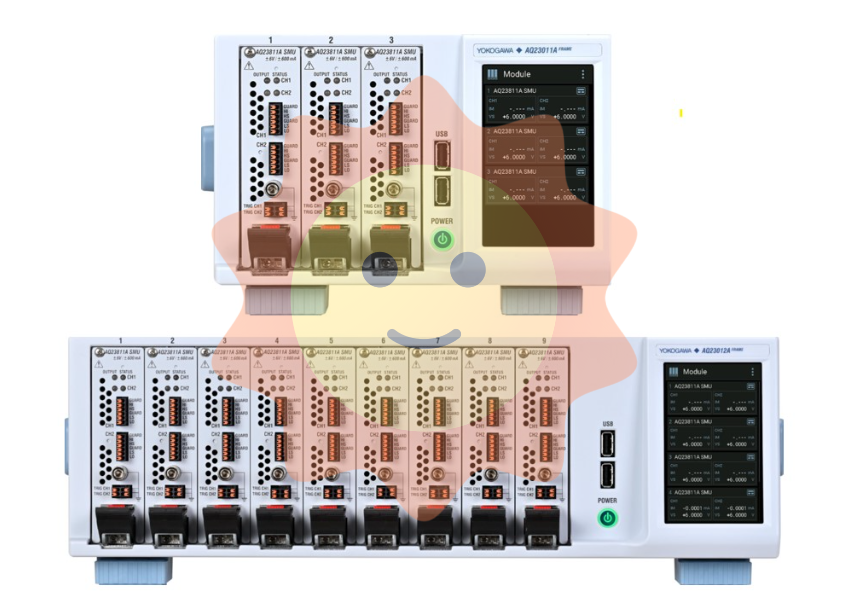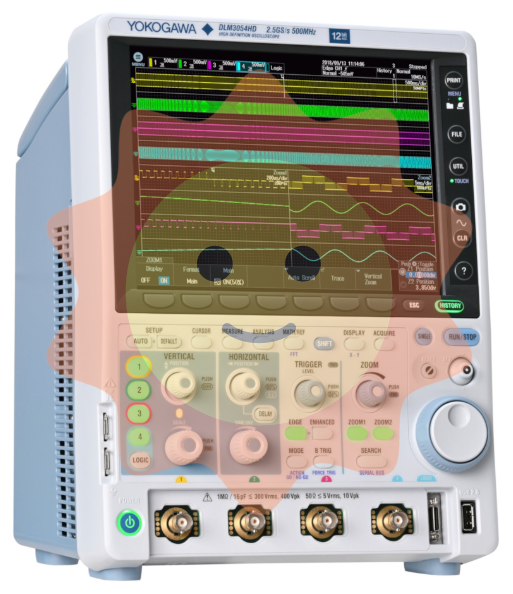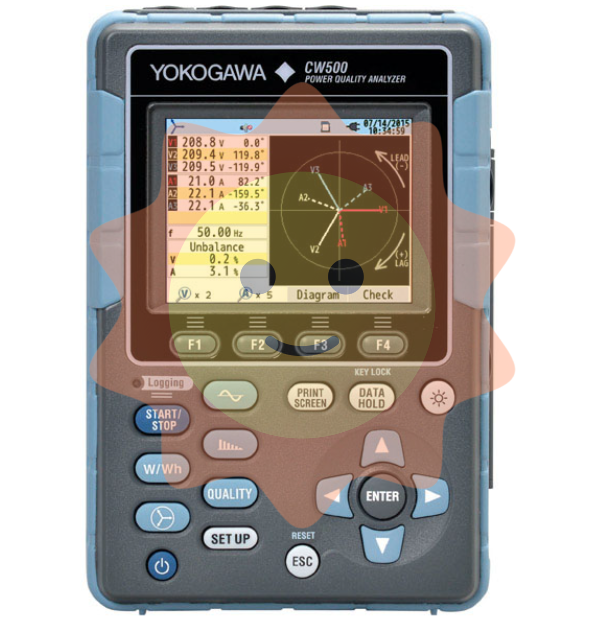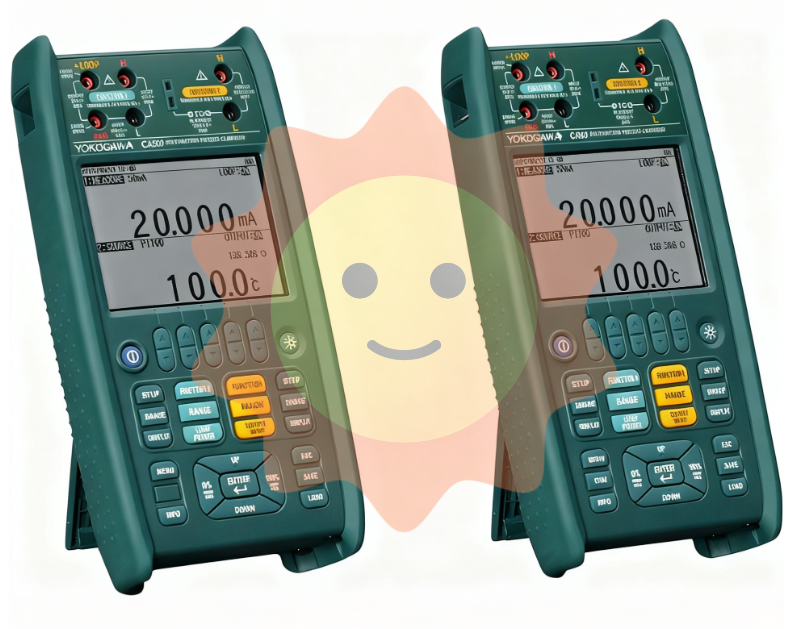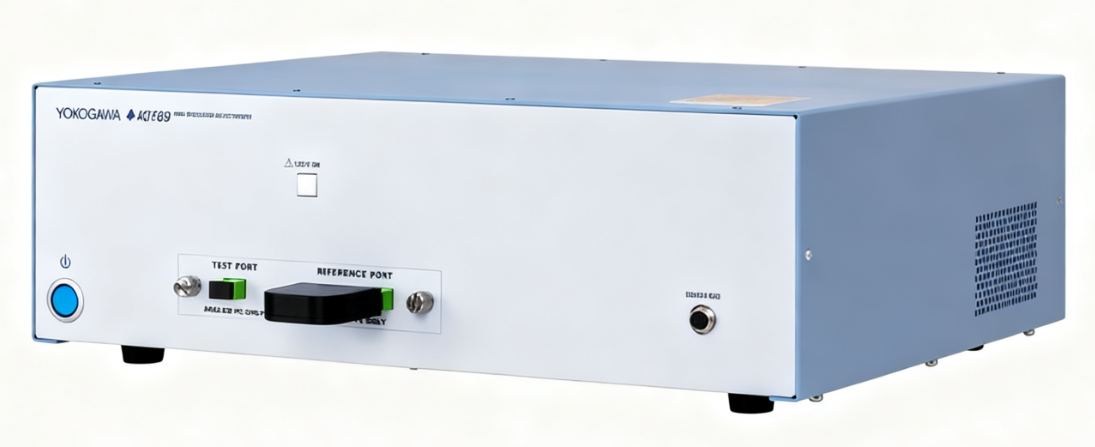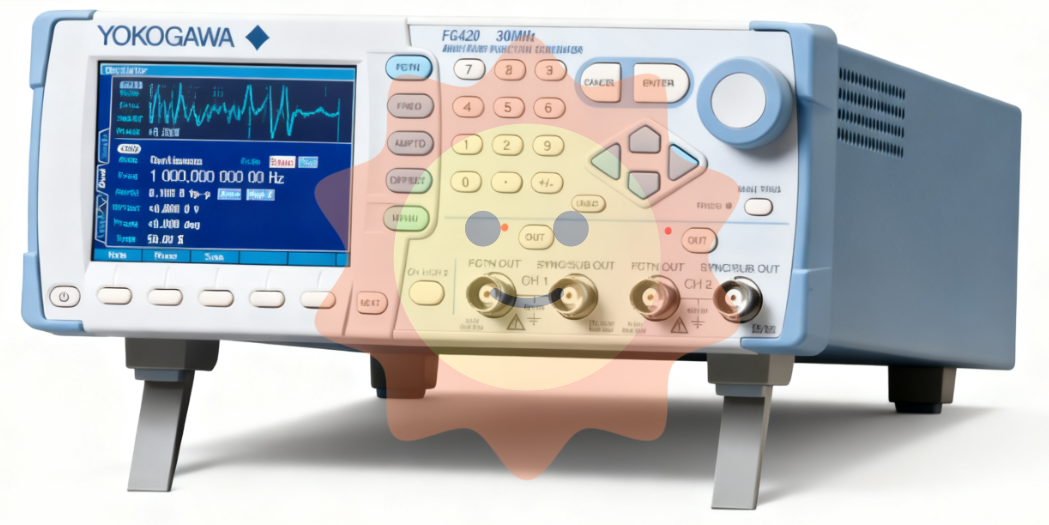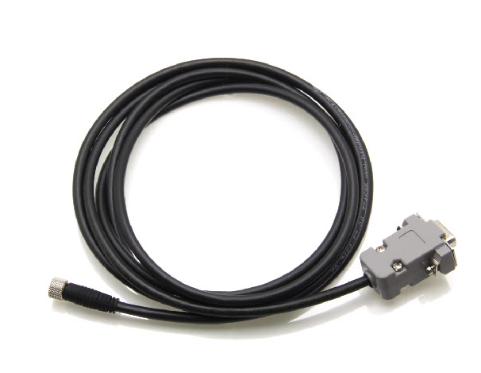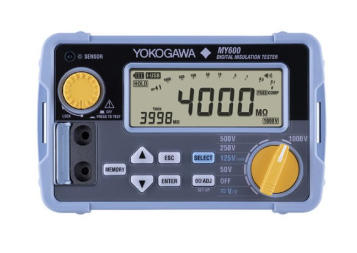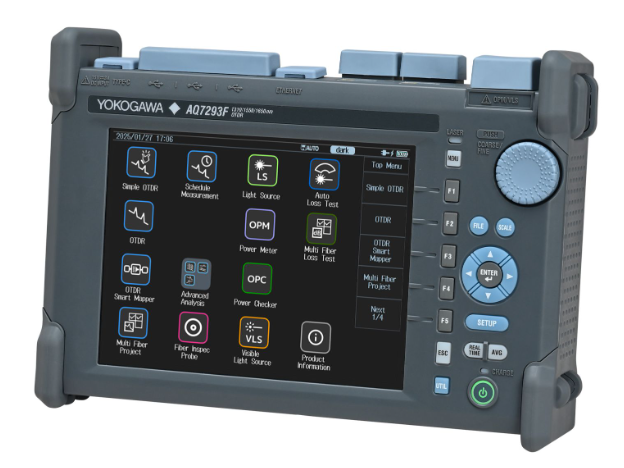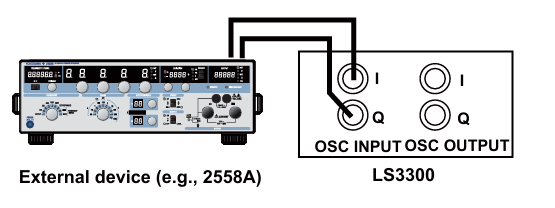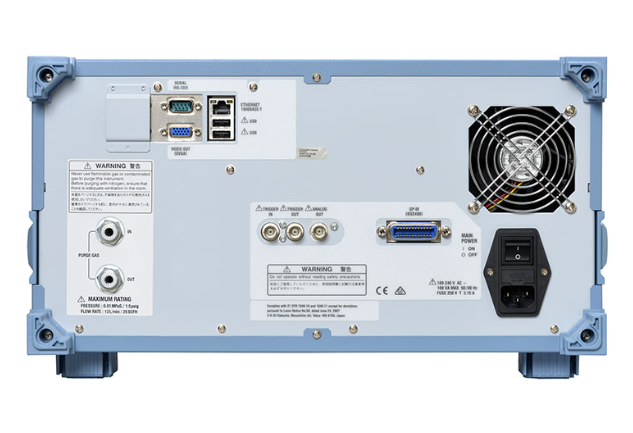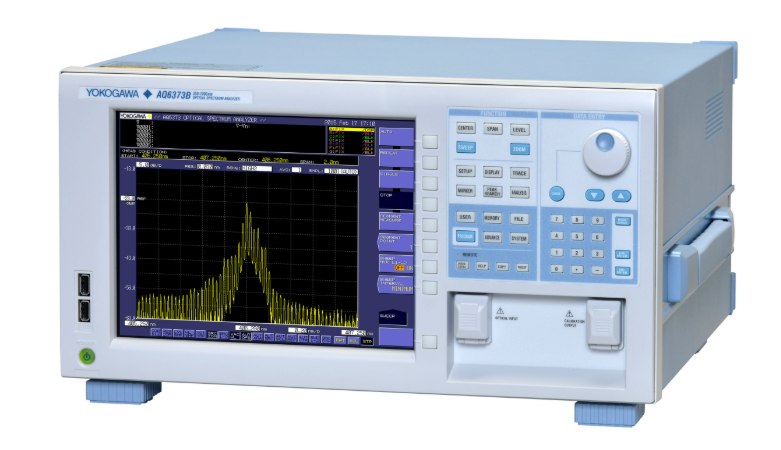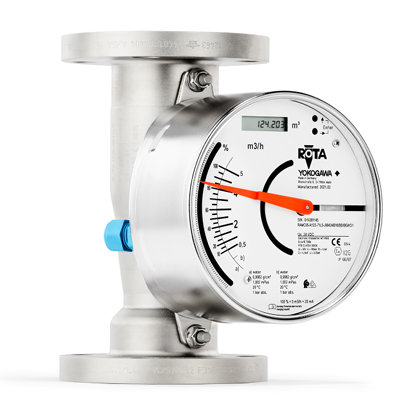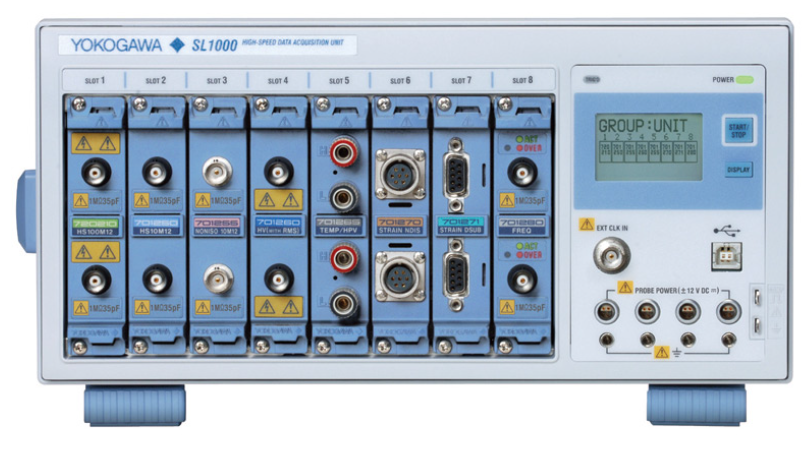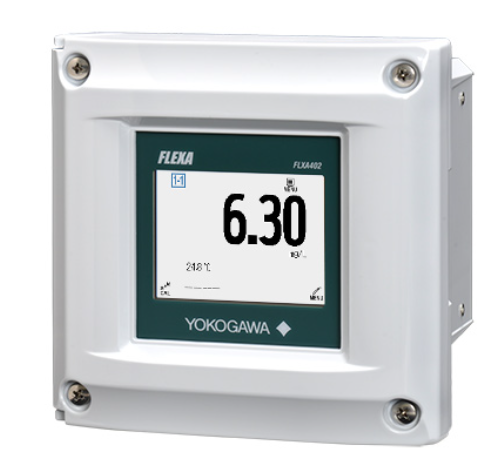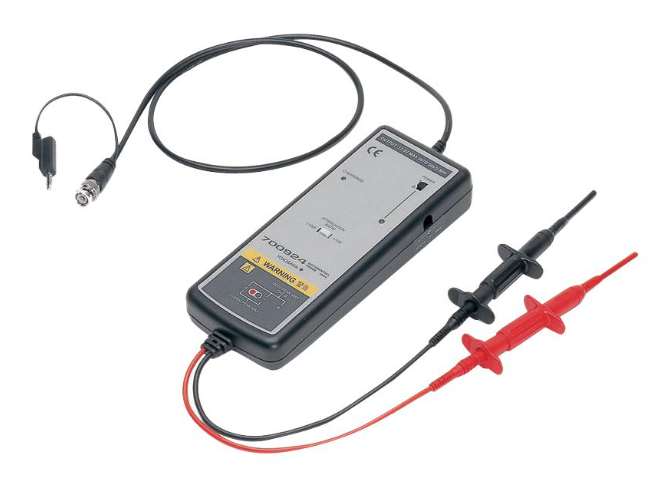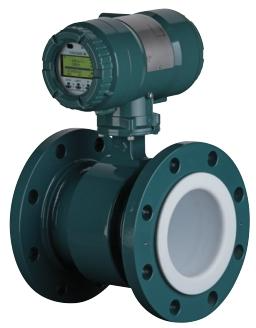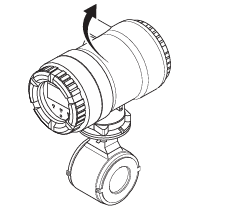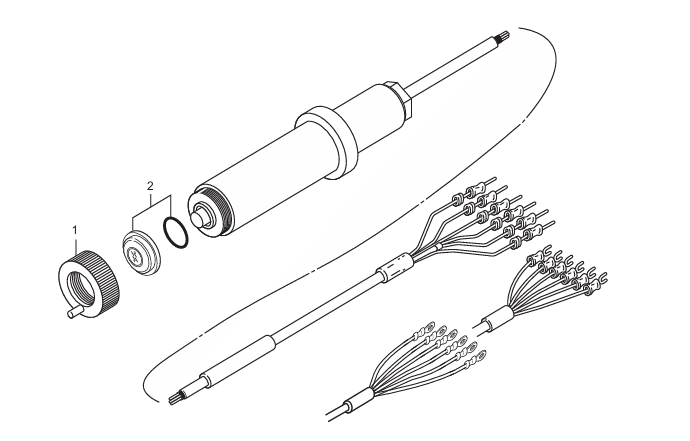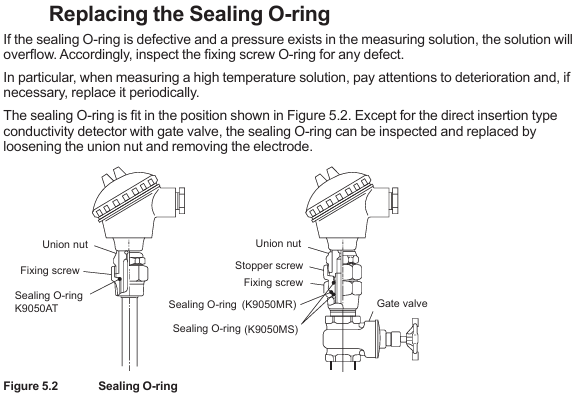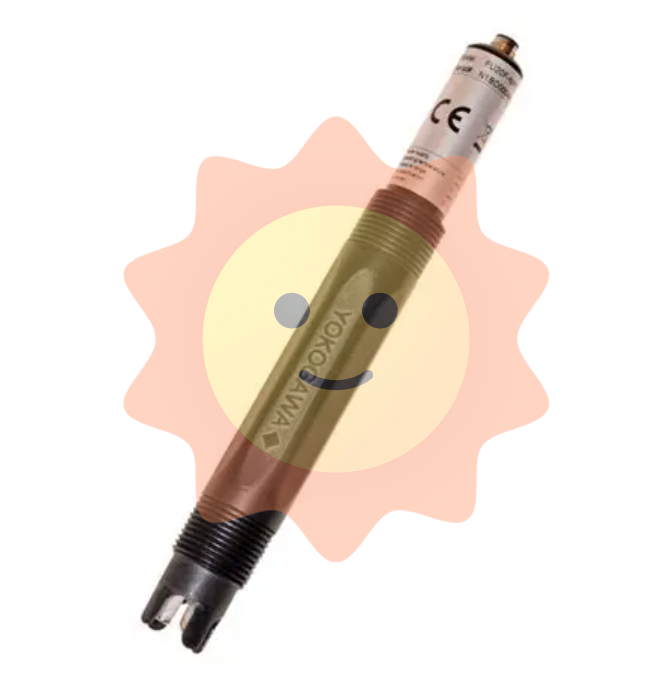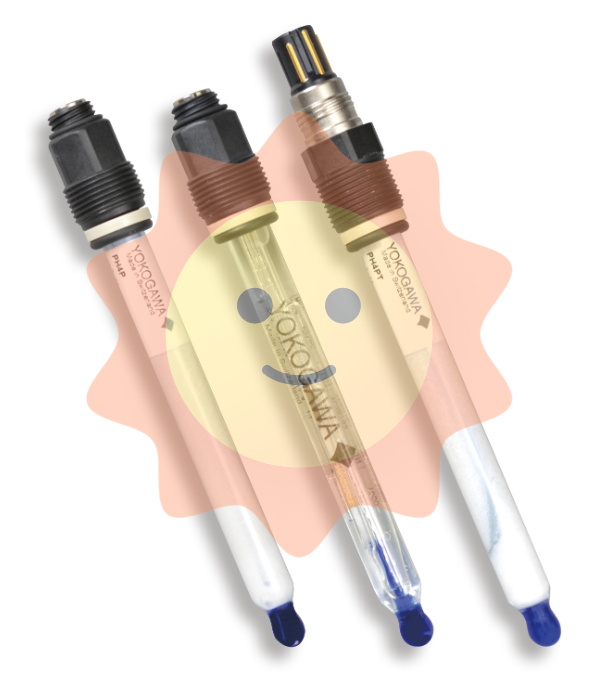GE IC693APU300K High-speed Counter Module
GE IC693APU300K High-speed Counter Module
Overview
The GE IC693APU300K is a high - speed counter module designed to meet the demands of applications that require precise counting of high - frequency events or signals. It is an integral part of GE's industrial control systems, enabling accurate measurement and control in various industrial processes.
Functionality and Features
High - speed Counting Capability
The primary function of this module is to count events at high speeds. It can handle a wide range of input frequencies, allowing it to accurately count pulses or events that occur at a rapid pace. For example, it can count encoder pulses from high - speed rotating machinery such as motors or turbines. The counting speed can be in the range of several kilohertz to megahertz, depending on the specific configuration and the capabilities of the module. This high - speed counting is crucial for applications where precise measurement of rotational speed, linear displacement, or other time - based events is necessary.
Multiple Counting Modes
The IC693APU300K offers various counting modes to suit different application requirements. It can operate in up - counter mode, where it increments the count for each rising or falling edge of the input signal. It can also function in down - counter mode, decrementing the count based on the input signal. Additionally, it may support more complex counting modes such as quadrature counting. Quadrature counting is used with incremental encoders that have two output channels (A and B) with a 90 - degree phase shift. This mode allows for accurate determination of the direction of rotation and the precise measurement of position and speed, even for bidirectional movements.
Input Signal Conditioning and Filtering
To ensure accurate counting, the module provides input signal - conditioning and - filtering features. It can handle different types of input signals, including digital pulses, square waves, or signals from various sensors and transducers. The signal - conditioning circuitry can adjust the amplitude, shape, and impedance of the input signals to meet the module's internal requirements. The filtering function helps to eliminate electrical noise and interference that could lead to false counting. For example, in an industrial environment with a lot of electromagnetic interference, the filtering helps to ensure that only the actual valid pulses are counted.
Data Output and Communication
After counting the events, the module provides the count data to the control system. It can communicate with the control system through a standard communication interface, such as the backplane of a Programmable Logic Controller (PLC) chassis or other industrial - network protocols. The data can be presented in different formats, such as binary or BCD (Binary - Coded Decimal), depending on the requirements of the control system. The communication interface also enables the module to receive configuration commands from the control system, such as setting the counting mode, the initial count value, or the pre - scaling factor.
Technical Specifications
Input Signal Specifications
The module has specific requirements for the input signals. The input - voltage range, for example, might be specified to handle different types of digital - logic - level signals. It could support TTL (Transistor - Transistor Logic) or CMOS (Complementary Metal - Oxide - Semiconductor) - compatible input - voltage levels. The input - frequency range, as mentioned earlier, is a key specification, with the module capable of handling frequencies from a few kilohertz to a high - speed megahertz range. The minimum pulse - width and - duty - cycle requirements for the input signals are also defined to ensure reliable counting.
Counting Specifications
The maximum count value that the module can handle is an important parameter. It determines the range of counting operations that can be performed without overflow. The counting resolution, which is usually related to the internal counter - circuitry design, affects the precision of the count. For example, a higher - resolution counter can provide more accurate measurement of small changes in the count. The module may also have specifications related to the accuracy of the counting process, usually expressed as a percentage of error under specific conditions.
Communication - Interface Specifications
The IC693APU300K communicates with the control system through a defined communication interface. It may support protocols such as Genius Bus or other GE - specific protocols. The communication interface has a defined data - transfer rate and a specific pin - configuration for connecting to the system bus. The data - transfer rate determines how quickly the module can send the count - data to the control system, and the pin - configuration ensures proper electrical connection and communication.
Applications
Industrial Automation and Robotics
In industrial - automation applications, the GE IC693APU300K is used to measure the speed and position of motors and robotic arms. For example, in a robotic - arm joint, the module can count the encoder pulses to determine the angular position and rotational speed of the joint. This information is crucial for precise control of the robotic - arm movements, enabling it to perform tasks such as welding, painting, and assembly with high accuracy.
Packaging and Material - Handling
In packaging and material - handling systems, the module can be used to count products as they move along a conveyor - belt or through a packaging machine. It can also measure the speed of conveyor - belts and other moving parts. For example, it can count the number of bottles filled on a bottling line and ensure that the correct number of products are packaged. The high - speed counting capability is useful for keeping up with the fast - paced production processes.
Machine - Tool and CNC Machining
In machine - tool and CNC (Computer Numerical Control) machining applications, the module can be used to measure the rotational speed of spindles and the linear displacement of axes. By accurately counting the pulses from encoders attached to the machine - tool components, it provides the necessary data for precise control of the machining process. This helps to ensure the quality of the machined parts and the accuracy of the machining operations.

- User name Member Level Quantity Specification Purchase Date
- Satisfaction :
-









Email:wang@kongjiangauto.com

